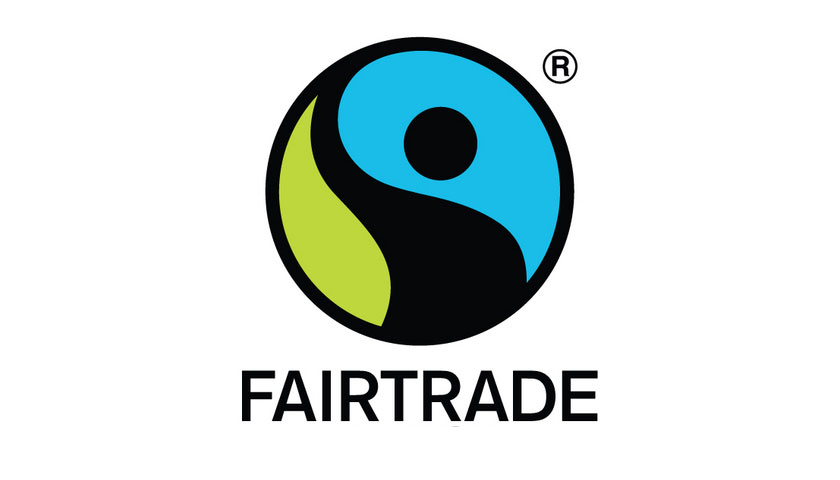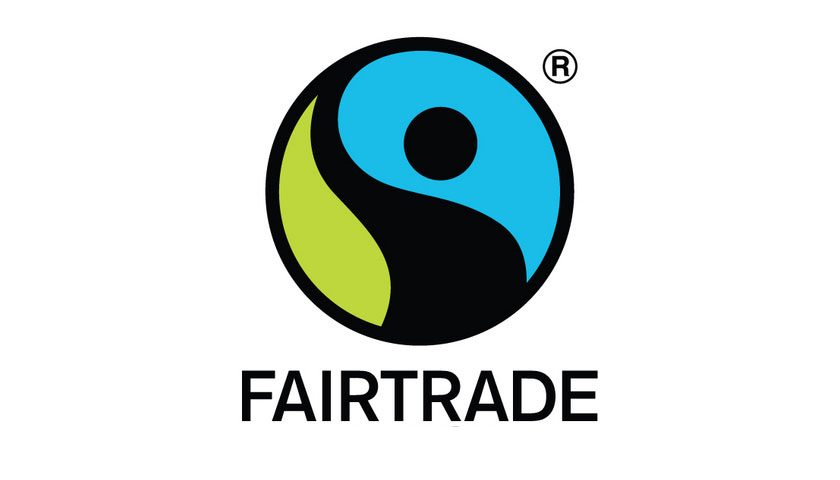Higher farmgate prices together with Fairtrade interventions are having a positive effect on Fairtrade cocoa farmer incomes in Côte d’Ivoire, a new study found.
The study, “Assessing Cocoa Famer Income: The household income of cocoa farmers in Côte d’Ivoire and strategies for improvement” found that 24 percent of farmers are projected to earn above a living income based on the current farmgate price, and another 50 percent should earn close to a living income.
Commissioned by Fairtrade and conducted by Impact Institute, the multi-part study demonstrates the important role price plays in farmer incomes. For example, when price more than doubled between April 2023 and April 2025, the analysis showed that the proportion of farmers earning a living income is on track to triple from seven percent to 24 percent. In the same time frame, the percentage of farmers living in extreme poverty is projected to drop from 26 percent down to seven percent.
Following up on studies conducted in 2017 and 2020, researchers surveyed more than 700 farmer households from 31 producer organisations in 2024. Starting with data collected from April 2023 to March 2024, the researchers then modelled famer incomes based on more recent values for cost of production, yield, and price.
Analysis of income changes over past eight years shows similar trend
Another part of the study compared results from 14 producer organisations that were also surveyed in 2017 and 2020, continuing Fairtrade’s commitment to measuring farmer incomes and looking for insights about what contributes most to progress toward living incomes.
Between 2020 and 2024, the study found that farmers at almost all income levels have seen their incomes shift upwards. Fifty-one percent of farmers, up from 43 percent in 2020, were earning incomes above the poverty line, while the median annual income remained stable.
Importantly, the number of famers in this sample living in extreme poverty significantly decreased from 36 percent in 2020 to 17 percent in 2024, a 19 percentage point drop. The positive change is even more pronounced when looking back to the 2017 study, which showed 58 percent of farmers living in extreme poverty – reflecting more than 40 percentage point improvement in the past seven years.
Farmers see Fairtrade pricing and trainings as valuable for income stability
Farmers said the Fairtrade Premium, the additional sum of money paid on top of the selling price that goes into a communal fund for farmers and workers to use as they see fit, and which is required by Fairtrade standards, contributed to farmer income stability by improving access to better education, housing, and healthcare for their households.
In addition, farmers pointed out that Fairtrade trainings supported progress in maintenance and pruning routines, as well as harvesting, processing, and storage techniques. This has led to enhanced income, and higher earnings.
“Farmers tell us that higher farm-gate prices, combined with Fairtrade premiums, are making a real difference,” said Mariasole Petti, Impact Analyst Consultant at Impact Institute and co-lead of the study. “Our analysis backs this up, showing that these measures lift household incomes and give farmers more room to invest in their farms and diversify their earnings. That resilience is vital in helping cocoa-growing communities face the challenges of climate change, pests, and disease.”
Progress toward a more nuanced understanding of factors contributing to farmer incomes
Other indicators from the study, however, showed a more complicated picture for Ivorian cocoa farmers who have been feeling the impact of inflation, climate change, and labour shortages, factors that have limited the positive effects expected from higher prices. For example, the study found that the average farm yield increased slightly between 2020 and 2024, from 625 to 650 kilogrammes per hectare. However, average farm size and cocoa growing area decreased at the same time, possibly indicating that farm measurements are more accurate thanks to geolocation mapping, and yield improvements should be interpreted with caution. In fact, the study also found that cocoa production volumes per household decreased by 29 percent between 2020 and 2024 (from 2,743 kg to 1,952), and that average production costs increased by 16 percent, from €179 per hectare in 2020 to €207 per hectare in 2024.
The variables of household and farm size, costs, yields, and price are all important factors when it comes to earning a living income and have been part of how Fairtrade sets Living Income Reference Prices for cocoa, among other products. A correlation analysis by the researchers provided insights into the interplay of these factors. For instance, while larger cocoa growing areas correlate with higher incomes, there are diminishing returns on profit per hectare, as farm costs – including extra labour costs – increase as cocoa plot size increases.
This study, which comes at a time when Fairtrade is in the midst of a three-phase plan to strengthen its reference price model for cocoa, will contribute to the multi-stakeholder review process and learnings for the sector.
For the first time, the study analysed sharecropper income, providing valuable information for the industry about a vulnerable segment of cocoa producers. The study found that the average sharecropper income is far below the average landowner income, with the majority living in extreme poverty. Fairtrade standards now require producer organisations to track sharecropper farmers and make sure that written contracts exist between sharecroppers and landowners within their membership.
“It’s good confirmation that higher farmgate prices are indeed making a significant difference for farmers,” said Jon Walker, Senior Advisor, Cocoa, Fairtrade International. “However, we have to continue to measure and explore how farmers are improving yields in the face of climate change pressures, as well as understand the dynamics of farm size and household size which this study shows are highly influential in the difference between earning a living income or not.”
To learn more and to access the complete study, please visit our website here.

